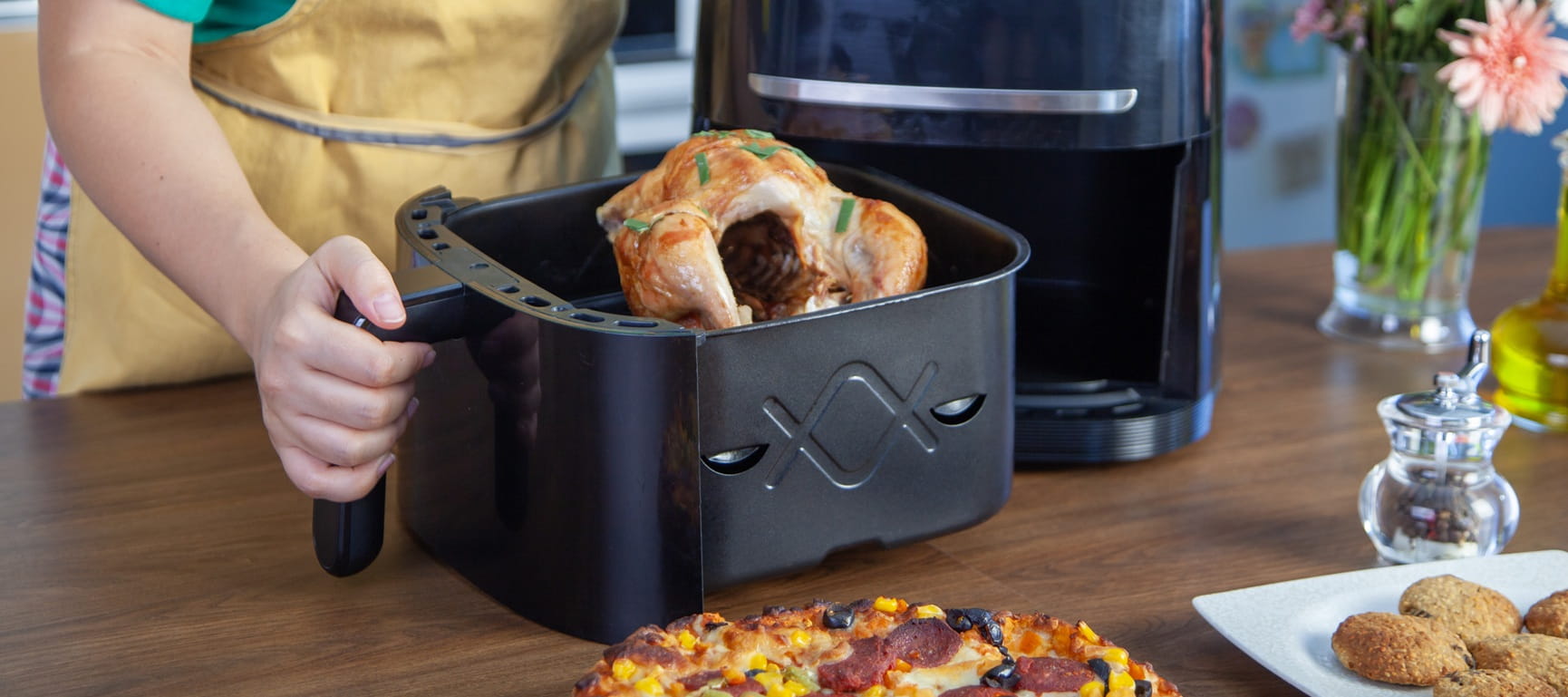How to clean your vacuum cleaner
Follow these simple steps to keep your vacuum cleaner in top condition and ensure it keeps your home spick and span.

Follow these simple steps to keep your vacuum cleaner in top condition and ensure it keeps your home spick and span.

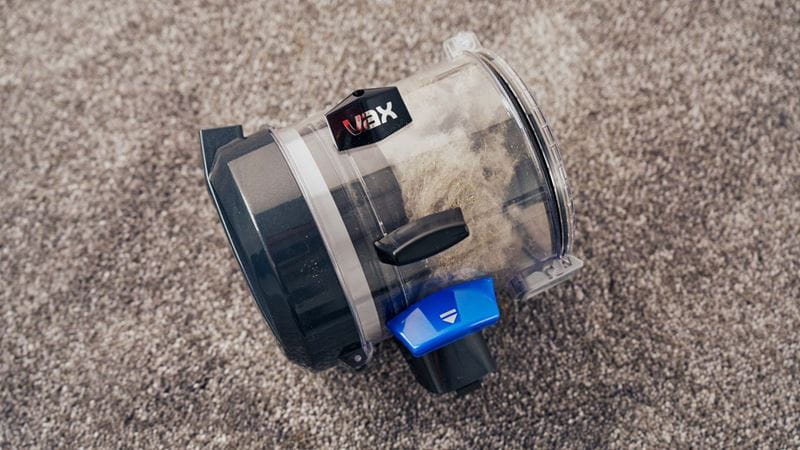
It’s not just humans that this can affect. A build-up of dust and bacteria in bagless cylinders and filters can also upset your vacuum cleaner – and you don’t want that. A dirty filter, for example, will decrease suction, meaning the vacuum picks up less dirt and dust.
So, you’ve realised you do need to clean your vacuum cleaner – but what’s the easiest way to do this?
It might sound obvious, but before you start cleaning your vacuum cleaner, you’ll need to unplug it from the power source.
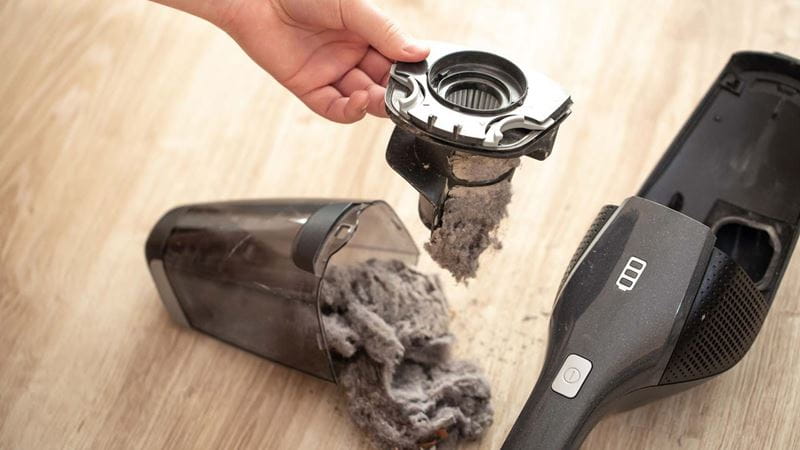
If you have a bagless cylinder and it’s a bit stinky, it could probably do with a wash using a mild washing-up liquid and water. This will help get rid of any smells or lingering dust or mould. If it doesn’t smell, a quick rinse with water alone will do.
You can give it a quick dry with a tea towel, but it’s also advisable to allow the cylinder to air-dry completely before using it. A damp cylinder interior and dust do not make a pleasant combination.
While you’re cleaning the attachments, you can also take the time to check the vacuum hose for any blockages. If you find any, resist sticking something sharp, like a knife or coat hanger, down there and instead use a broom handle or a flexible cleaning brush.
If your vacuum cleaner has a brush roll, this will also need to be cleaned. Over time, hair, string, and other debris can become tangled around the brush roll, which can reduce its effectiveness.
Most vacuum cleaners now allow you to remove the brush roll so you can easily clean it. Check your vacuum’s manual for details on how to do this. If your brush roll isn’t removable, and has hair and other debris tangled around it, use scissors to carefully cut it away.
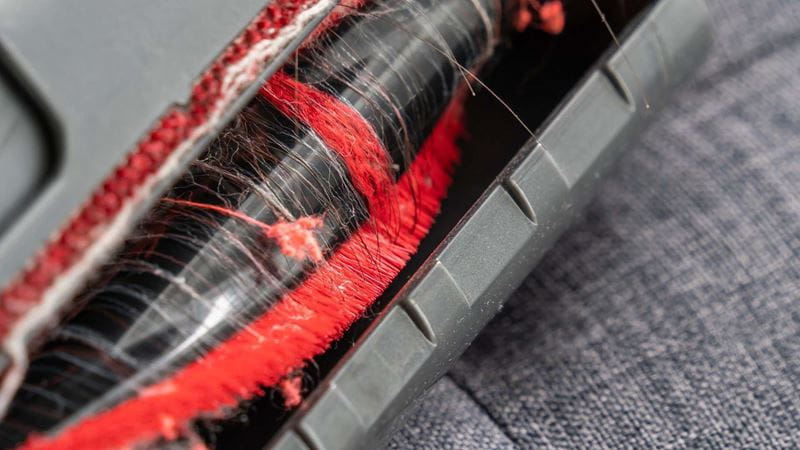
Dust and grime will inevitably also be attracted to the outside of your vacuum cleaner, so it’s a good idea to give it a wipe down with a cloth and some soapy water.
Alternatively, use a couple of squirts of antibacterial disinfectant spray on a cloth to give it a once over.
“We recommend giving the filters and inside the bin a thorough clean at least once a month, as this will help to keep the vacuum working at its best,” advises Catrin Davies, product manager at SDA Hoover.
Alternatively, you can wait until the suction starts to go, but scheduling a regular clean will help prevent any issues, such as blockages and loss of suction, in the future.
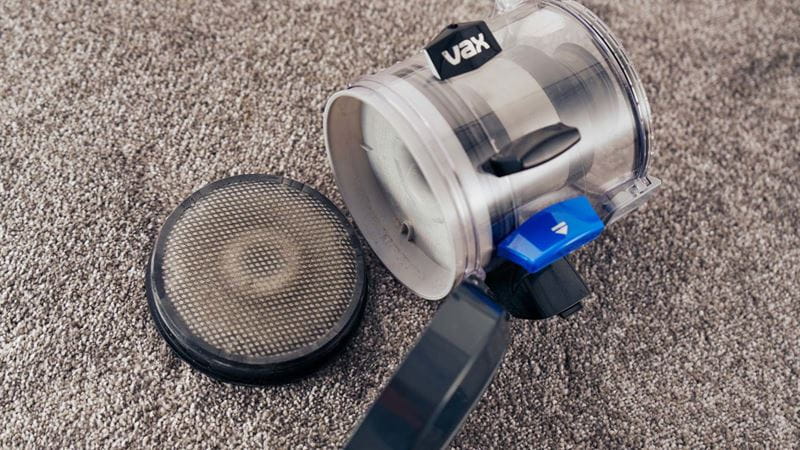
Cleaning the filter is probably the most important part of cleaning your vacuum cleaner. A dirty filter decreases suction, meaning your machine won’t be able to pick up the dust and dirt as efficiently.
If your vacuum cleaner filter isn’t changed or cleaned regularly, it can also end up spitting debris back out into the room you’re cleaning. Thankfully, cleaning a vacuum filter is straightforward and needs minimal equipment and time.
Obviously, it's always best to check the manual that came with your vacuum, but generally, the same method can be used for all filters.
Most manufacturers recommend changing your filters twice a year. However, if yours is torn or damaged, it should be replaced straight away. When buying a replacement vacuum filter, you’ll need your vacuum cleaner’s model number to hand. This will either be on the side or base of it or listed in the manual.
These are usually somewhere within the cylinder, but if you’re unsure, check the instructions or manufacturer’s website. Some vacuum cleaners may have two filters that can be cleaned. Once located, remove the filter or filters and set aside.
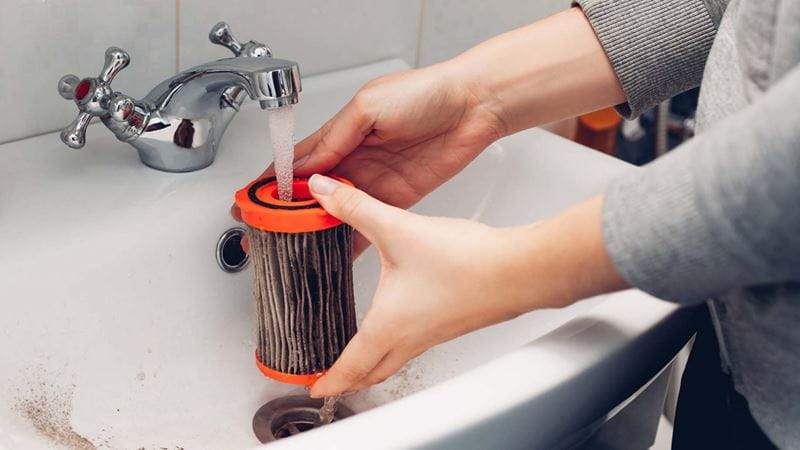
The easiest and safest way to clean a vacuum cleaner filter is to run it under water – but make sure that your filter is washable before you do this, otherwise you risk ruining it.
Your vacuum filter must be completely dry before placing it back in the appliance. A damp filter won’t work effectively, and will reduce the suction power. There’s also a chance that it will encourage mould to grow and develop within your machine.
Don’t be tempted to use any heating appliances like tumble dryers, ovens or hair dryers, to dry it. Air-drying will ensure nothing gets damaged in the filter. Bear in mind, though, that this can take up to 24 hours.
Jayne cut her online journalism teeth 24 years ago in an era when a dialling tone and slow page load were standard. During this time, she’s written about a variety of subjects and is just at home road-testing TVs as she is interviewing TV stars.
A diverse career has seen Jayne launch websites for popular magazines, collaborate with top brands, write regularly for major publications including Woman&Home, Yahoo! and The Daily Telegraph, create a podcast, and also write a tech column for Women’s Own.



